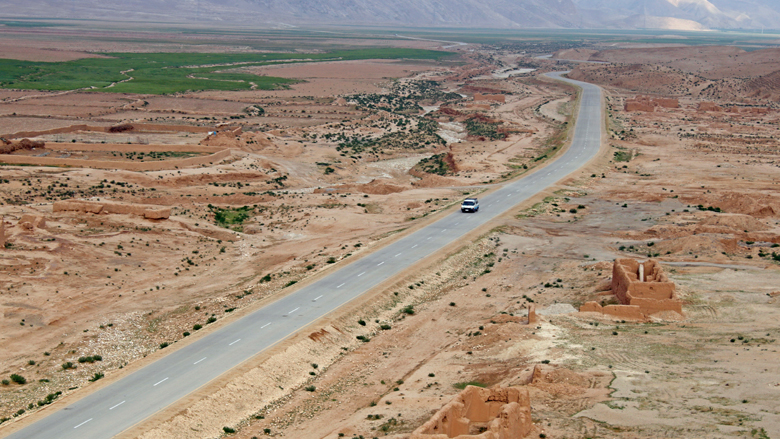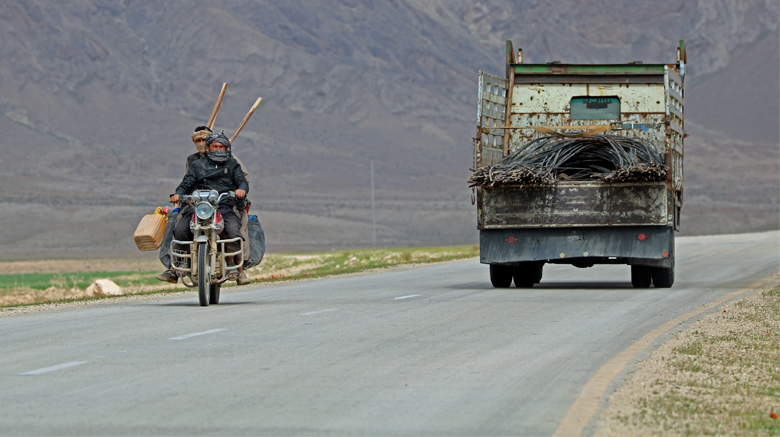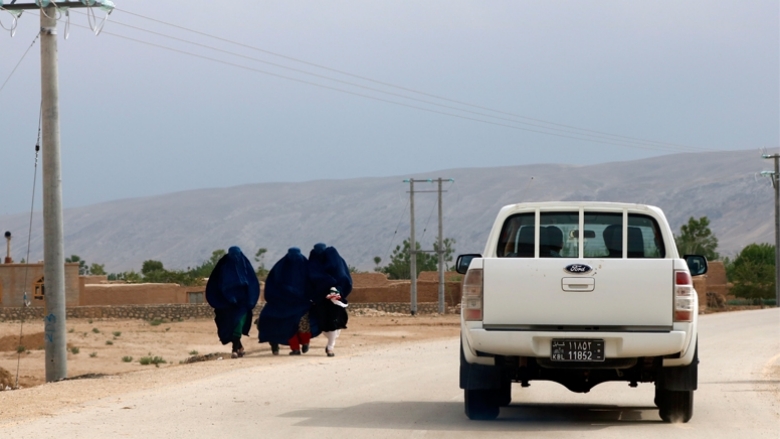Feroz Nakhchir District, Samangan Province – Two hours of afternoon rain have washed the asphalted main road in Feroz Nakhchir district. Until recently, residents of this district in Samangan province in northern Afghanistan contended with a bumpy main road full of potholes. Although the road was repaired from time to time, repairs were no match for the floods in spring, which could wash away the work, sometimes leaving the road even worse than before. But the effect of today’s the rain is simply to make the road’s smooth surface shine.
Haji Fazlullah, 39, chairperson of the Community Development Council (CDC) in Feroz Nakhchir district says that residents faced many challenges before the road was asphalted by the Afghanistan Rural Access Project (ARAP) between 2014 and 2016. “Our agricultural products were damaged during transport because of the bumpy road and the transport cost was high,” he says. “Now that our road is asphalted we no longer have those issues.”
. The road project, which included building culverts and drainage in residential areas, was completed in about 18 months at a budget of 158.2 million afghanis (about $2.1 million). It was one of the biggest development projects in the district, says Mohammad Homayoun Barlas, mayor of Feroz Nakhchir district.
“,” says Homayoun Barlas, who is hopeful for the future of the district. The road also has been elevated to alleviate flooding. “We are no longer concerned about floods and constantly reaching our destinations late. Our transportation problems have been solved,” he says, expressing gratitude for ARAP.




